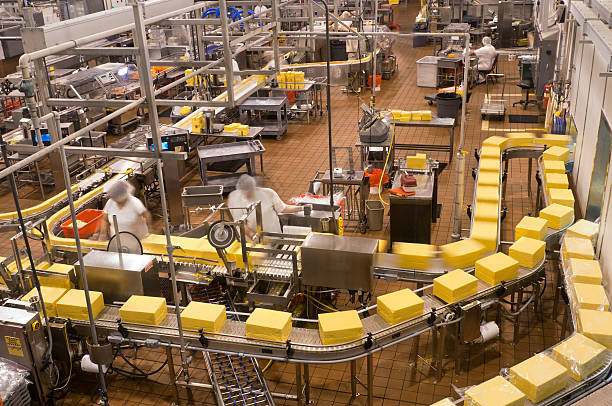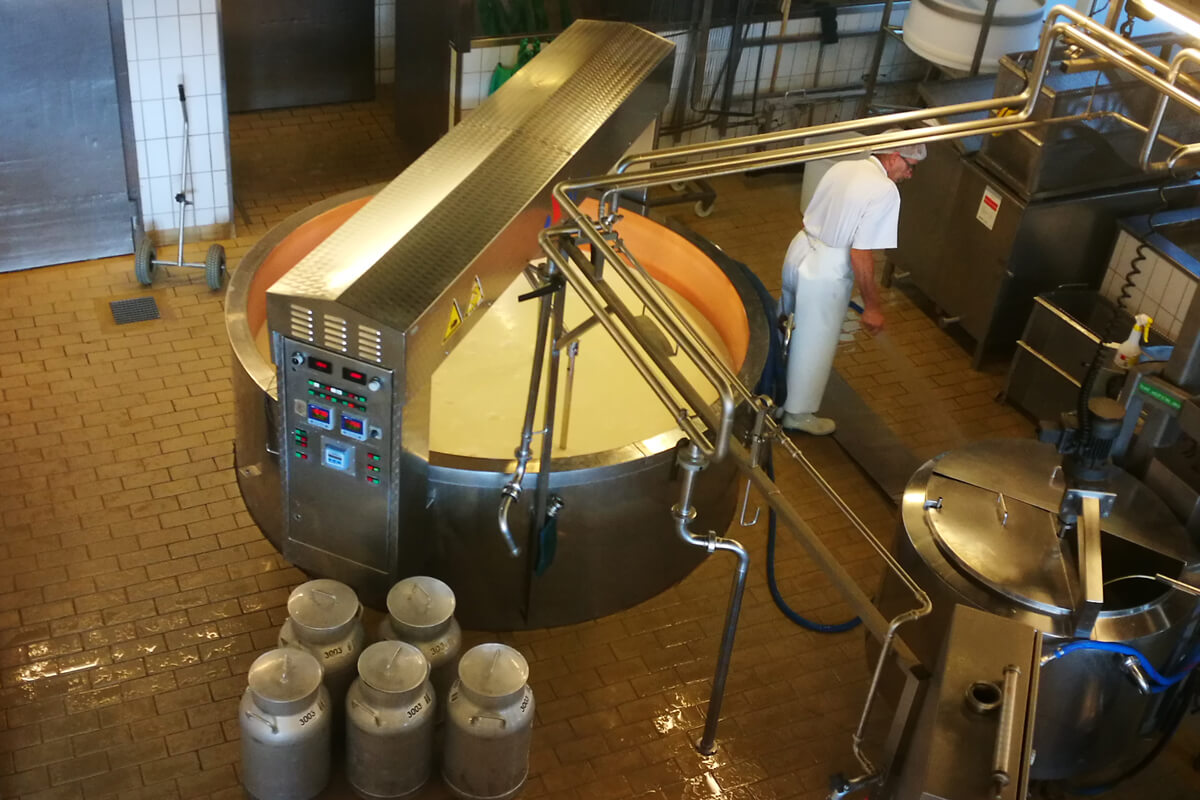Cheese Makers Melbourne: Crafting optimum Cheeses In Your Area
Wiki Article
A Comprehensive Consider Cheese Manufacturing: Ingredients, Approaches, and the Future of Artisan Cheeses
The detailed procedure of cheese production is a remarkable convergence of art and science, where high-quality milk, rennet, and details microbial cultures serve as foundational aspects. Typical techniques, such as salting and aging, are complemented by modern technologies that react to developing customer preferences. As the sector significantly prioritizes sustainability and transparency, the future of artisan cheeses guarantees to show both heritage and progression. Recognizing the nuances of these practices increases engaging questions regarding the instructions of cheese production and its ramifications for quality and credibility. What lies ahead in this progressing landscape?Secret Components in Cheese Production
A variety of vital components play a critical function in cheese manufacturing, each adding to the last product's taste, structure, and personality. The main component in cheese is milk, which can originate from different resources, including cows, goats, and lamb - cheese shop melbourne. The sort of milk made use of substantially affects celebrity's taste and consistency; for instance, cow's milk normally produces creamier cheeses, while goat's milk often creates tangy selectionsOne more essential component is rennet, an enzyme utilized to curdle the milk, separating it right into curds and whey. The resource of rennet can be animal, veggie, or microbial, each presenting distinct features to celebrity. Cultures, including specific pressures of bacteria, are additionally indispensable to the cheese-making procedure. They ferment lactose into lactic acid, assisting in taste growth and texture.
Salt not just boosts the taste yet additionally functions as a preservative, preventing the development of undesirable bacteria. Furthermore, numerous flavoring representatives, such as natural herbs, spices, or also smoked wood, can be included to create special artisanal cheeses. With each other, these components form the foundation of cheese manufacturing, establishing the phase for diverse and abundant cheese ranges.
Standard Cheese-Making Techniques
Using conventional cheese-making methods, craftsmens around the globe protect time-honored approaches that have been given with generations. These strategies typically stress the use of high-grade, locally sourced milk, which is main to the one-of-a-kind tastes and structures of artisanal cheeses. The procedure typically starts with the cautious heating of milk, adhered to by the addition of societies and rennet to assist in coagulation.When the curds develop, they are reduced, allowing whey to drain pipes, an important action that affects moisture content and texture. The curds are after that delicately stirred and prepared to accomplish the preferred suppleness. Afterward, they are drained pipes and pressed into molds. Salting is a necessary facet of this procedure, boosting flavor while also working as a chemical.
Aging, or affinage, is one more important element, during which cheeses create their characteristic scents and preferences. Artisans might employ details aging environments, making use of moisture and temperature level controls to improve celebrity's profile. The dedication to these standard approaches not only sustains neighborhood economies however additionally adds to the rich diversity of cheese selections found worldwide, commemorating cultural heritage and artisanal craftsmanship.
Modern Technologies in Cheese Manufacturing
Exactly how have technical advancements changed cheese manufacturing recently? The integration of modern innovation has actually reinvented both the performance and quality of cheese production. Automation in numerous stages of the process-- from curd development to product packaging-- has actually enhanced uniformity while minimizing labor expenses. For example, automated curd reducing and mixing systems enable specific control over texture and dampness degrees, important aspects influencing the last product.Additionally, developments in microbiology have allowed cheesemakers to choose details bacterial societies and enzymes, optimizing taste accounts and boosting life span. Using sensing unit innovation for keeping track of fermentation conditions has actually also ended up being widespread, enabling real-time changes to maintain optimal settings for cheese aging.

These developments not just improve the quality and sustainability of cheese manufacturing but also empower craftsmen manufacturers to preserve conventional discover this flavors while embracing modern efficiency. As innovation remains to develop, the future of cheese production looks promising, blending tradition with technology.
The Duty of Terroir in Cheese
In the realm of cheese production, terroir plays a pivotal duty in defining the distinct attributes of numerous cheeses. Terroir, a French term generally connected with a glass of wine, includes the ecological aspects that affect agricultural products, including dirt make-up, climate, and local vegetation and fauna. In cheese-making, the one-of-a-kind attributes of the region where the milk is sourced can impart details tastes and textures to the last product.For instance, the grazing problems of milk pets significantly affect the milk's structure, influenced by the kinds of turfs and natural herbs available in a certain place. This differs not just between countries yet likewise between areas within the exact same nation. Furthermore, the microbial neighborhoods present in the here setting add to the fermentation processes, causing varied accounts in taste and aroma.
Cheeses such as Roquefort, Parmigiano-Reggiano, and Cheddar exemplify exactly how terroir can form their identifications, making them unique and usually safeguarded by geographical indications. As manufacturers increasingly identify the importance of terroir, there is an expanding emphasis on sourcing local components and preserving conventional techniques, making sure that each cheese truly Continue reflects its beginning.

Future Patterns in Artisan Cheeses
A noteworthy change is happening in the artisan cheese market, driven by progressing consumer choices and technological innovations. Significantly, consumers are inclining unique, high-grade products that stress both sustainability and regional sourcing - cheese factory melbourne. This fad is triggering artisan cheesemakers to introduce, focusing on small-batch manufacturing and the use of standard techniques while integrating modern-day technology to improve quality and security
In addition, there is a growing rate of interest in plant-based and alternative dairy items, pressing conventional cheesemakers to discover new opportunities, such as cashew or almond-based cheeses. This change not just provides to dietary constraints however additionally aligns with environmental worries relating to pet farming.
Furthermore, openness in sourcing and production procedures is ending up being vital. Consumers are more enlightened and need traceability, triggering manufacturers to embrace more clear labeling practices and take part in narration that highlights their techniques and worths.
Conclusion
To conclude, the elaborate process of cheese production blends typical strategies with contemporary developments, resulting in a diverse selection of tastes and structures. The focus on high-quality ingredients and the impact of terroir underscore the creativity involved in cheese production. As the industry progresses, a concentrate on sustainability and transparency will likely shape the future of artisan cheeses, providing to a significantly discerning consumer base that values authenticity and craftsmanship in milk products.Report this wiki page